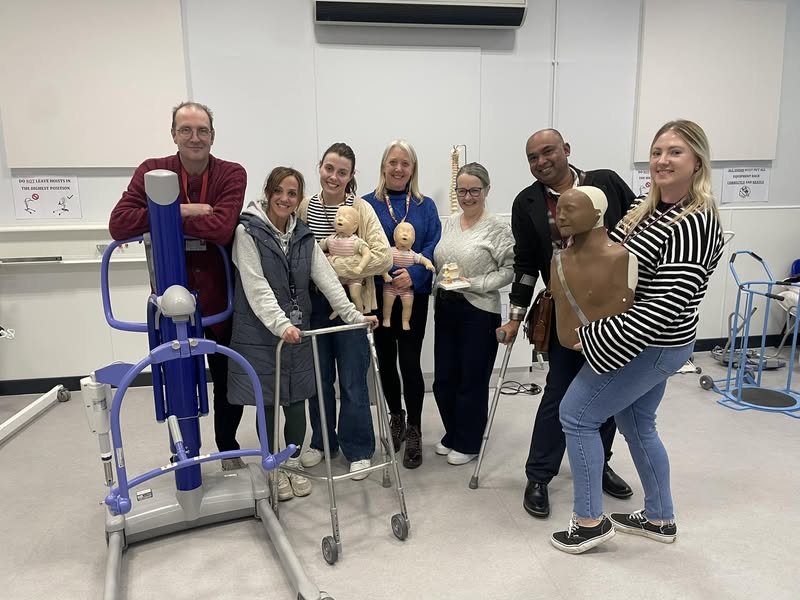Inanimate Load Handling & Manual Handling Training Courses

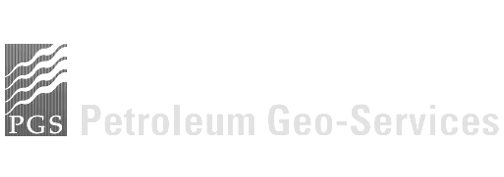




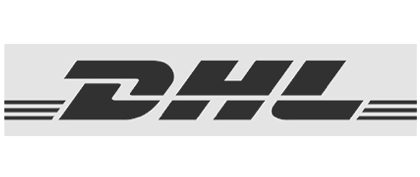
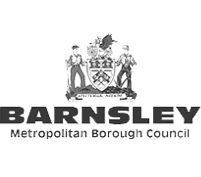




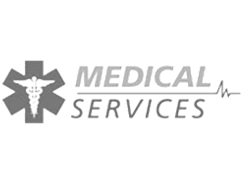
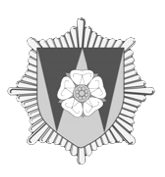
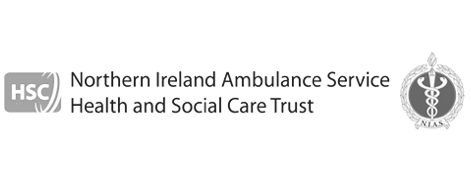
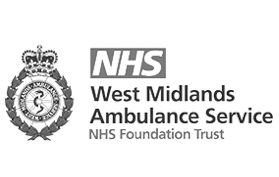
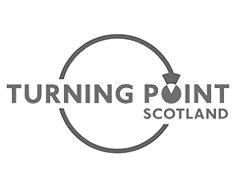
Course Overview
Solutions Training offers comprehensive manual handling training, including an awareness course aimed at equipping participants with essential skills for safe load handling in the workplace. Recognising that improper handling of inanimate loads is the leading cause of workplace injury, we prioritise training that meets the highest standards. The learning outcomes of our training include enhanced safety measures, understanding relevant legislation, adherence to organisational policies, and prevention of musculoskeletal disorders.
Understanding Manual Handling
Manual handling refers to the movement or support of loads by hand or bodily force. It is a common task in many workplaces, and if not done correctly, can lead to manual handling injuries. Understanding manual handling is crucial to reducing the risk of injury and promoting a safe working environment. Manual handling involves a range of activities, including lifting, carrying, pushing, pulling, and moving objects. It is essential to recognise the risks associated with manual handling and take steps to mitigate them.
Solution
Our solutions include bespoke manual handling courses, train-the-trainer programs, and access to our industry-leading online theory course. We also provide classroom-based specific training and refresher training to ensure ongoing competency. These courses cover organisational policy related to manual handling, ensuring that employees understand and adhere to essential safety and handling practices.
We offer professional awards, all recognised on the regulated qualifications network, including:
- QNUK Level 2 Award in Manual Handling Loads at Work (RQF)
- QNUK Level 2 Award in Principles of Manual Handling at Work (RQF)
- QNUK Level 3 Award in Manual Handling Risk Assessment (RQF)
These qualifications ensure that your staff are well-trained in the handling of inanimate loads and are prepared to conduct thorough risk assessments in the workplace.
Available Course Options
What our learners say – Train the Trainer Course
Of the last 100 Moving and Handling Train the Trainer courses:
92 learners rated the quality of the trainer, quality of resources, training methods and course contents as being “Extremely Effective” in assisting the “trainee” to learn and the remaining 8 learners gave a rating of “Very Effective”.
We are proud to boast that all 100 stated that they would recommend this course to others!
What our learners say –
e-learning Course
We gather learner feedback for every completed online course, requesting ratings across 16 dimensions on the effectiveness of the course, 92% have rated the course as good or above!
Assessing the Load and Environment
Before handling a load, it is essential to assess the load and environment to identify potential risks. This includes evaluating the weight, size, and shape of the load, as well as the layout of the workspace. Assessing the load and environment helps to determine the best approach for handling the load safely. It is also important to consider the individual’s capabilities and limitations when assessing the load and environment.
Using Lifting Aids and Equipment
Lifting aids and equipment can significantly reduce the risk of manual handling injuries. Lifting aids, such as trolleys, sack trucks, and barrows, can help to distribute the weight of the load, making it easier to handle. It is essential to use lifting aids and equipment correctly to ensure safe manual handling. This includes following the manufacturer’s instructions and taking regular breaks to avoid fatigue.
Best Practices for Load Handling
Best practices for load handling include planning the lift, using a stable position, and keeping the load close to the body. It is also essential to avoid twisting and bending, as these movements can put unnecessary strain on the back and other muscles.
Additionally, removing obstructions and ensuring a clear path can help to prevent accidents and injuries. By following best practices for load handling, individuals can reduce the risk of manual handling injuries and promote a safe working environment.
We would love to hear from you.
Please send us a message by filling out our form, call us or feel free to send us an email directly and we will be in touch shortly..
enquiries@solutionstraining.co.uk
Solutions Training & Advisory Ltd, Unit 3, Investment House, 28 Queens Road, Weybridge, Surrey, KT13 9UT
Solutions have designed innovative pieces of moving and handling kit unique for the ambulance community
Used by many NHS Trusts Nationwide



